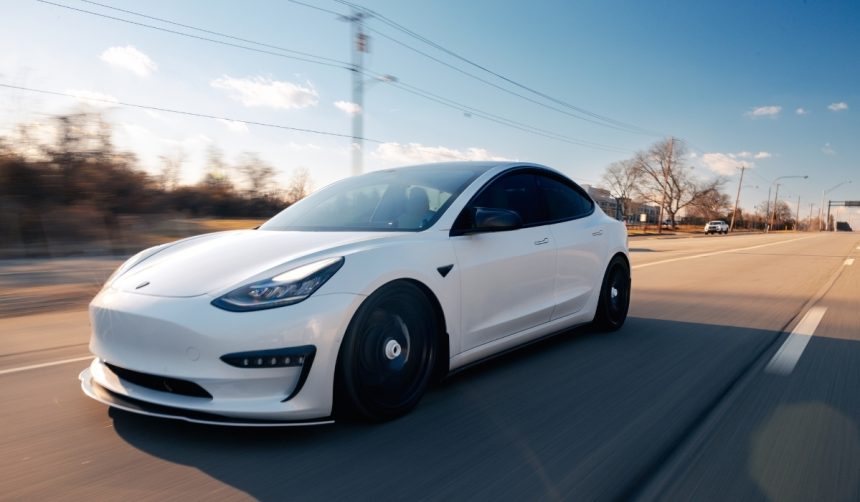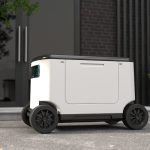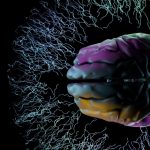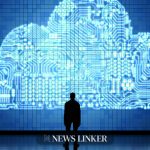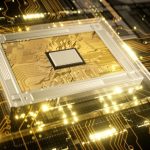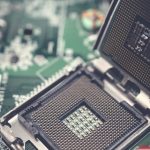Tesla is preparing to introduce an update to its Full Self-Driving (FSD) suite, which CEO Elon Musk has announced will arrive in September. This update follows several years of development and incrementally advanced software releases, positioning Tesla as a leading company in assisted driving technologies. Industry observers question how these improvements will play out in real-world scenarios, given Tesla’s history of incremental—but often delayed—feature launches and safety assurances. Consumers and technology investors remain closely interested, watching for tangible progress towards a fully autonomous experience for Tesla’s customers.
Earlier software iterations have brought enhancements to autonomous features, but they have been met with skepticism regarding both their consistency and safety claims. In reports from previous years, the promise of driver hands-off functionality would frequently be set against regulatory backdrops and anecdotal incidents involving FSD features. Discussions have also referenced parallel test builds, such as those in the Austin Robotaxi program, where proprietary variants of FSD reportedly outperform what’s available in consumer vehicles. The ongoing dialogue around updates often focuses on expectations management and the timelines for broader rollout.
What improvements will the new FSD update introduce?
Elon Musk has outlined significant software changes in the upcoming FSD update. He described the new version as a notable step forward in handling rare and challenging driving situations. According to Musk, these refinements will lessen driver engagement for typical road conditions, though unique problems—such as complex intersections or severe weather—will still necessitate human oversight.
“The FSD software update next month will be a major step-change improvement for rare conditions.”
This position reflects Tesla’s continued pursuit of full automation, while maintaining a caveat for active supervision under specific circumstances.
How will this update affect Tesla drivers’ responsibilities?
The planned September release aims to substantially reduce the level of driver attention required during vehicle operation with FSD enabled. Musk reported that, despite the progress, complete disengagement is not yet achievable in all scenarios. He acknowledged,
“This will substantially reduce the need for driver attention, but some complex intersections, heavy weather or unusual events will still require attention.”
A fully hands-off driving experience, as previously suggested in public comments, remains a future objective for the company.
Does testing in Austin point to broader FSD advancements?
In parallel with public releases, Tesla continues to develop more advanced FSD builds for specific programs, including its Robotaxi fleet in Austin. Musk has stated this experimental software feels “eerily human” at times, reportedly performing ahead of what standard Tesla vehicles provide. These internal builds are roughly half a year ahead of consumer-available FSD features, offering insights into the possible trajectory of widespread autonomy within the brand’s portfolio.
The September rollout is expected to deliver improvements in rare case performance, signal a reduction in hands-on driving, and confirm Tesla’s dual-track approach of developing both public and private software builds. The brand continues collecting vast real-world data through its customer fleet, enhancing its neural network learning and refining decision-making capabilities. Despite this progress, the firm must still address unresolved issues relating to regulatory approval, event-specific reliability, and market confidence in the technology’s long-term safety and efficacy.
As Tesla advances its FSD suite, drivers should remain informed about the capabilities and limits of the latest updates. Routine public releases serve as both a demonstration of progress and a reality check for those anticipating fully autonomous vehicles. The path to wide adoption appears gradual, influenced by ongoing technical improvement, regulatory scrutiny, and real-world data collection. For potential Tesla owners or those involved in the development of automotive autonomy, closely following FSD updates provides valuable insight into what can realistically be expected from self-driving technology in the coming months and years.
- Tesla will release a major Full Self-Driving update in September.
- Driver attention requirements are set to decrease with upcoming FSD changes.
- Advanced FSD features are already tested in Austin’s Robotaxi program.

